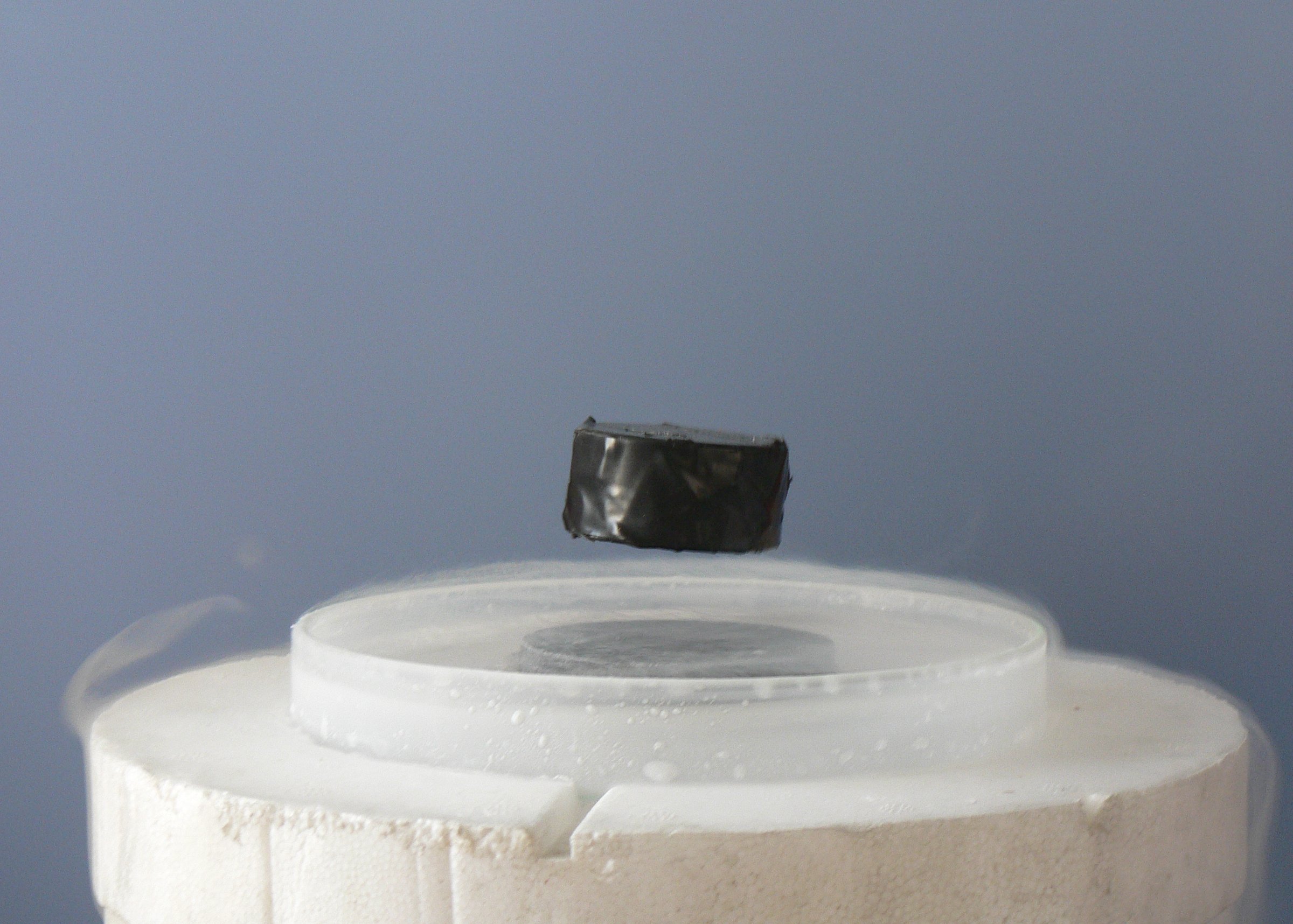Superconductivity
- Introduction to Superconductivity
- Theoretical Foundations
- Types of Superconductors
- Superconducting Materials
- Superconducting Phenomena
- Superconducting Devices
- Superconductivity and Quantum Computing
- Challenges in Superconductivity
- Future of Superconductivity
- Case Study: Superconductivity in Energy Sector
- Case Study: Superconductivity in Medical Field
- Case Study: Superconductivity in Transportation
Review and Discussion
Review of Key Concepts in Superconductivity

Electrical conductivity with exactly zero resistance.
As we reach the end of our comprehensive course on superconductivity, it's important to revisit the key concepts we've covered throughout our journey. This will not only reinforce our understanding but also help us appreciate the complexity and potential of this fascinating field.
History and Discovery of Superconductivity
Superconductivity was first discovered in 1911 by Heike Kamerlingh Onnes, who observed that the electrical resistance of mercury vanished at temperatures near absolute zero. This discovery marked the beginning of a century-long exploration into the world of superconductivity.
Basic Concepts and Definitions
Superconductivity is a quantum mechanical phenomenon where certain materials exhibit zero electrical resistance and expulsion of magnetic fields when cooled below a certain temperature, known as the critical temperature. The materials that exhibit this phenomenon are known as superconductors.
Theoretical Foundations
The theoretical understanding of superconductivity is rooted in quantum mechanics. The BCS (Bardeen–Cooper–Schrieffer) theory, proposed in 1957, explains superconductivity at a microscopic level. It suggests that at low temperatures, electrons in a superconductor can form pairs, known as Cooper pairs, which can move through the lattice without scattering off impurities and phonons, resulting in zero electrical resistance.
The Ginzburg-Landau theory, on the other hand, provides a phenomenological description of superconductivity, predicting the existence of vortices in superconductors, among other things.
Types of Superconductors
Superconductors are broadly classified into two types: conventional and unconventional. Conventional superconductors are those that can be explained by the BCS theory, while unconventional superconductors, including high-temperature superconductors, exhibit properties that cannot be fully explained by the BCS theory.
Superconducting Materials
Superconducting materials can be broadly classified into three categories: metallic, ceramic, and organic. Metallic superconductors include elements like lead and niobium, while ceramic superconductors include compounds like YBa2Cu3O7, known as YBCO. Organic superconductors, though less common, offer a unique platform to study superconductivity.
Superconducting Phenomena
Superconductors exhibit several unique phenomena. The Meissner effect refers to the expulsion of magnetic fields from a superconductor below its critical temperature. The Josephson effect allows supercurrent to flow between two superconductors separated by a thin barrier, and flux quantization refers to the observation that the magnetic flux through a superconducting loop is quantized.
Superconducting Devices
Superconductivity finds applications in a variety of devices. SQUIDs (Superconducting Quantum Interference Devices) are used to measure extremely small magnetic fields. Superconducting magnets are used in MRI machines and particle accelerators. Superconducting RF cavities are used in linear accelerators.
Superconductivity and Quantum Computing
Superconductivity plays a crucial role in the field of quantum computing. Superconducting circuits are used to create qubits, the basic units of quantum information. These superconducting qubits are at the heart of many quantum computers, including those developed by IBM and Google.
Challenges and Future of Superconductivity
Despite the progress made in understanding and applying superconductivity, several challenges remain. These include the development of room-temperature superconductors, understanding the mechanism of high-temperature superconductivity, and overcoming technological challenges in the fabrication and use of superconducting devices.
The future of superconductivity, however, looks promising. With ongoing research in new superconducting materials and potential applications in energy, medicine, and transportation, superconductivity continues to be a vibrant and exciting field of study.